
Gardening soil can make or break a houseplant, which is why gardening experts know their potting soil like the back of their hands. Thanks to years of experience, they can look at the ingredients listed on a bag of potting soil and know which plants will thrive in it. Many even customize their potting mix to match the needs of each type of plant.
The rest of us reluctantly pick up a bag of “all-purpose soil mix” at the garden center and call it a day. But there is a middle ground. Let this guide be an informative shortcut that will let you tap into all that gardening knowledge and understand your plants’ needs better.
In this article, we’ll explain what makes a good potting mix, break down all the different types of soil ingredients, and even give you a few custom soil mix recipes you can craft at home. So, from now on, you too will walk into your gardening center with confidence.
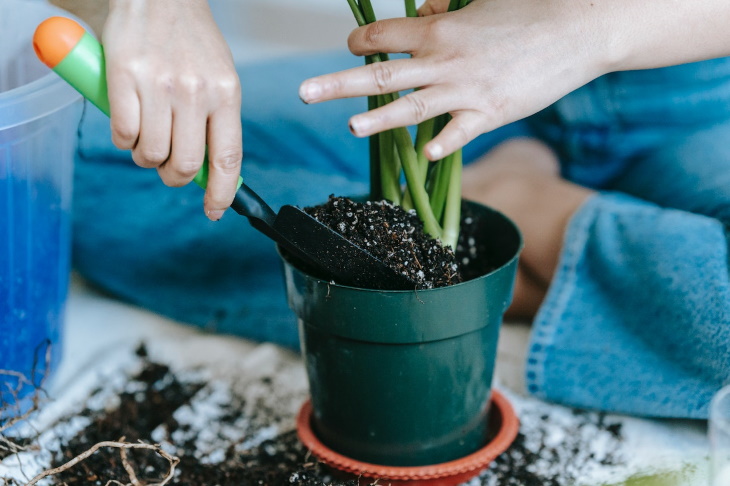
The question in every beginner gardener’s mind is, “Can’t I just use the soil from my own garden?” The short answer is no, as the plants we grow indoors live in very different conditions and belong to different species from our outdoor plants. Here are the general differences:
That’s why it’s generally better to buy a bag of potting soil, ideally something labeled, “houseplant mix,” “indoor potting soil,” or “well-draining soil.”

If you’re looking for a more budget-friendly option, you can opt for generally-lighter container gardening soil and then augment it with ingredients like perlite, peat moss, or orchid bark that promote better drainage and aeration. If all this sounds overwhelming, worry not. We’ll explain what these ingredients do and how to use them further on.
For your houseplants, look for a potting mix that’s light, well-draining, and full of nutrients. This means that the potting mix may contain no actual soil at all; instead, look for a mix of soil-less components like coconut fiber, peat moss, vermiculite, perlite, sand, etc. Some brands also contain fertilizer, so you won’t need to add your own. If the bag doesn’t list the components, it’s best to steer clear of that brand and choose something else.
Most houseplant mixes are already pH balanced, so you don’t need to worry about altering that. Just know that most houseplants thrive in the neutral to slightly acidic pH range - from 6.0 to 7.0. The pH of the soil can be checked using a soil test kit that can be purchased online or at gardening centers.
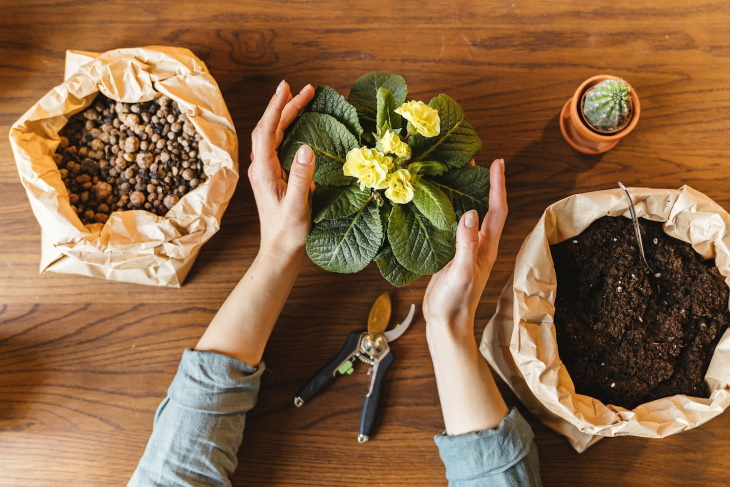
Wondering if you should buy organic soil for your houseplants? Since you’re not going to eat your indoor plants, we don’t see a point in abstaining from synthetic ingredients and fertilizers. But the ultimate choice is up to you, just keep in mind that organic soil mixes and fertilizers tend to be a bit more expensive.
So, you arrive at the gardening center, and you see houseplant soil mixes for different plant families: one for cacti, orchids, and aroids. All of these potting mixes have different proportions of materials and varying ingredients, and they can be handy for consumers, as you simply pick up a bag of cactus soil for your cacti and succulents and call it a day.
Generally speaking, these are the differences you can expect to find in terms of ingredients and properties:
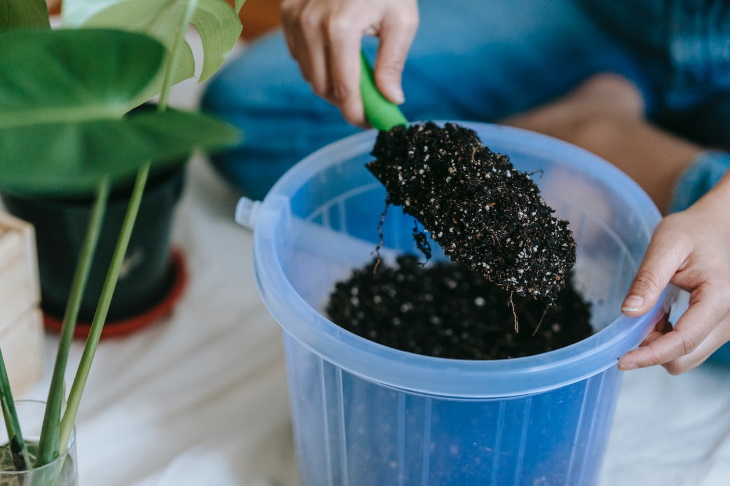
Seed-starting soil is exactly what it sounds like - a potting mix that creates the perfect environment for seed germination. This type of soil doesn’t contain many nutrients, urging the roots to expand quickly.
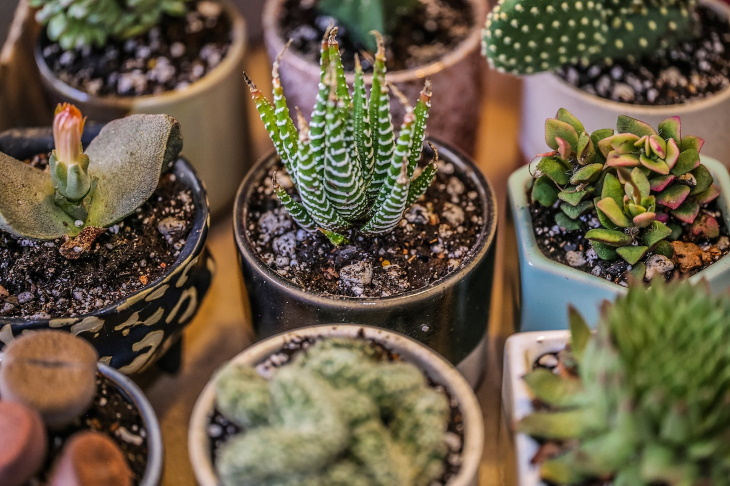
Orchid mixes may seem niche, but they are great for most epiphytic plants (plants that naturally grow on tree trunks). Many universally loved houseplants, such as monstera, pothos, Scindapsus, and philodendron are also epiphytic. Orchid mixes are heavier on rocks, bark, and clay to provide the roots with plenty of air circulation.
Related Article: Spend Less Time on Lawn Care and Maintenance - 7 Best Tips
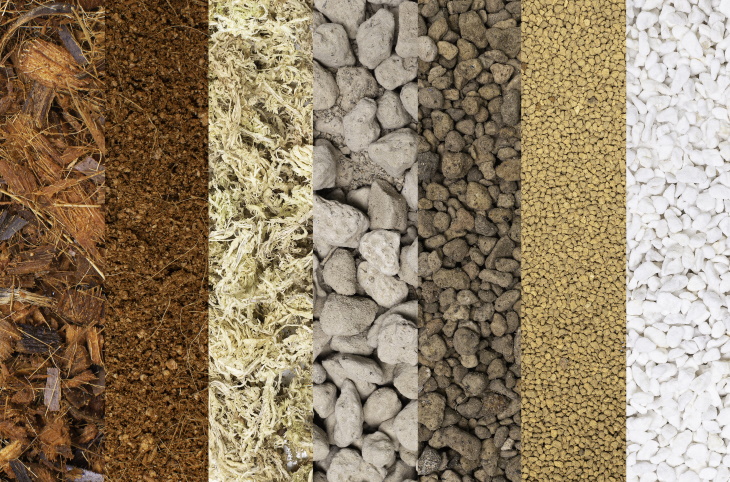
We describe what each soil additive does for your houseplants below:
Harvested from peatlands, peat consists of sphagnum that has died and broken-down thousands of years ago. Peat moss is relatively lightweight while also being capable of retaining moisture and providing some nutrients. This makes it a great mix in most potting soils.
Although peat moss has been abundantly used in the past, gardeners are now stepping away from it due to its unsustainability. It takes ages for peat bogs to recover, which is why some countries, such as the United Kingdom, are going to ban selling peat moss. Luckily, the next two ingredients listed can fully replace it.
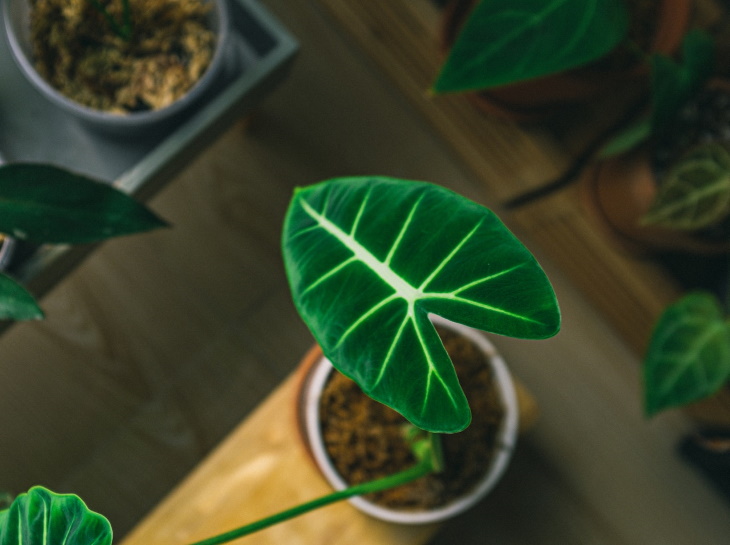
Sphagnum moss is a group of mosses that live in swamps or bogs. The live moss is harvested and sold dried and packed into bricks or still living. The advantage of sphagnum is that it’s like a living sponge, so you can rehydrate it in water and add it to your potting soil in place of peat moss or coco coir, or use it as is for houseplant propagation.
Unlike peat moss, sphagnum can be sustainably harvested because it can regrow fast.
Let’s wrap up with peat moss alternatives. Coco coir is a light and fibrous medium taken from the outer husks of coconut shells. Like peat moss, it has the very useful property of retaining water without it becoming compacted or heavy. Coco coir is packed into bricks; you can crumble the bricks into smaller pieces and mix the fibers in the soil.
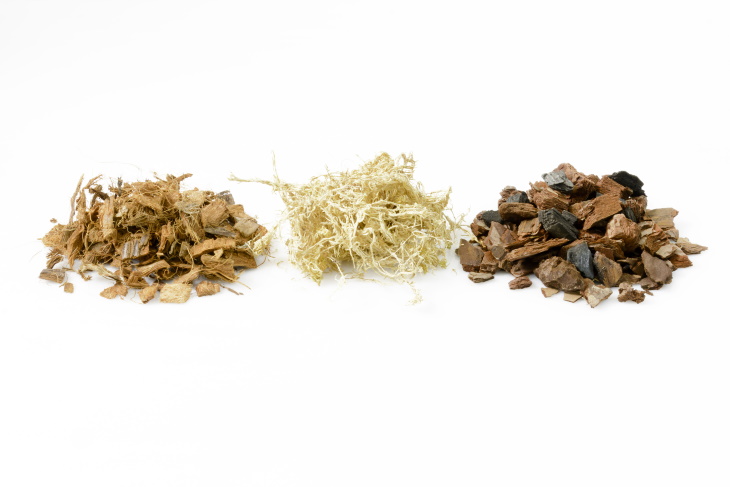
If your plants tend to suffer from fungal infections, bacterial infections, or root rot, mixing in some of this magic heat-treated charcoal will protect them. Activated charcoal works by absorbing excess moisture from the soil, and adding only a little bit will do the job.
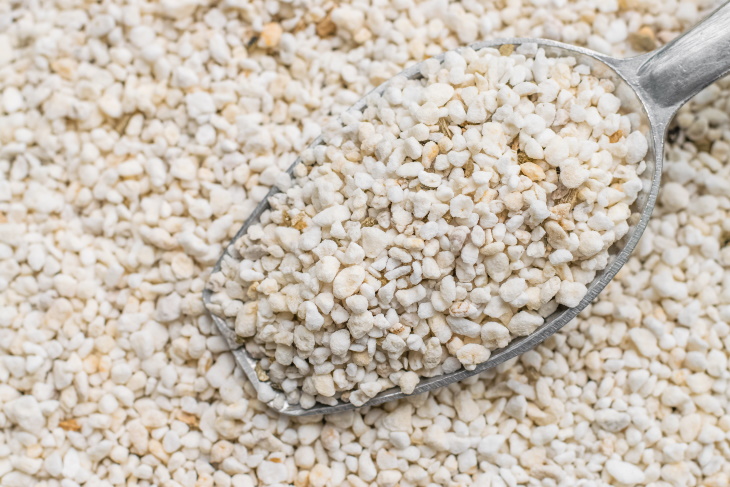
Vermiculite is a volcanic material too, but it’s slightly different than pumice or perlite because it can hold moisture like peat moss or coco coir. Vermiculite will work great for plants that need more moisture, like your peace lilies or ferns, but it’s not the best fit for plants that need more aeration, like orchids.
Sand is a cheap way to add drainage, especially for cactuses and succulents, as it helps imitate their natural environment.
Speaking of orchids, orchid bark is a wonderful material for your epiphytic or vining plants. These are just shavings or chunks of wood, and using them as the base for potting mix helps with aeration, water flow, and the prevention of soil compaction.
These are the main additions you can use to improve store-bought potting soil. You can also enrich the soil with a handful of compost or worm castings; these will act as a slow-release fertilizer for your plants.
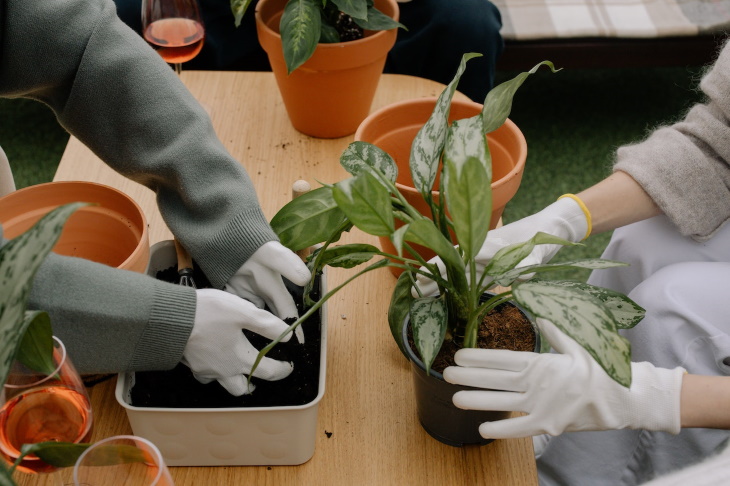
When you’re ready, get a big bucket or tub to hold the mix and a soil scoop or a big spoon. All you need to do is mix everything up thoroughly and use it to repot the plant. You can store any excess potting mix in an airtight container.
1. Tropical plants mix - equal parts all-purpose potting mix and coco coir or orchid bark.
This pretty basic blend is rich, but well-draining. It works for a variety of tropical plants that love evenly moist soil, such as calatheas, aglaonemas, palms, ferns, and peace lilies.
2. Cactus and succulent mix - equal parts all-purpose potting mix, sand, and perlite or pumice
This super airy and porous mix is great for cacti and succulents. You can add even less potting mix if you live in a cold or very humid climate.
3. Aroid mix - equal parts coco coir, orchid bark, and pumice or perlite (optional - a handful of activated charcoal).
This is the ideal fit for monsteras, philodendrons, pothos, and other aroid plants. This mix also works great for orchids, staghorn ferns, and other epiphytic houseplants.
H/T: Wild Interiors, Harper Nurseries, Growfully, Bybrittanygoldwyn.com, Pistilsnursery.com